Iridomyrmex bicknelli
399,90 zł – 549,90 zł
Worldwide shipping
Free delivery over 500 PLN
The highest quality of goods
Live delivery guarantee
24/7 Personal Support
Fair Prices
Description
Iridomyrmex bicknelli is a monogynous ant species with medium development rate and a colony size of up to 50,000 workers. The queen is 6-7 mm in size while the workers are 3-4 mm and the ants are black in color. They are fed with a variety of food including insects, syrup, fruits, vegetables, jelly, and cooked chicken without salt.
Additional information
| Behavior | |
|---|---|
| Difficulty in breeding | |
| Origin | |
| The size of ants | |
| Wintering |
Iridomyrmex bicknelli – A Fast and Aggressive Ant Species
Welcome to our guide on Iridomyrmex bicknelli, a fascinating ant species known for its unique characteristics and behavior. This monogynous ant species offers an excellent opportunity for ant enthusiasts to observe and study their behavior. Let’s explore the details of Iridomyrmex bicknelli, including its size, color, nutrition, humidity, temperature preferences, and recommended nests for breeding.
Size and Color
Colony Type: Monogyny
Colony Size: Up to 10 000 workers
Development Speed: medium
Size and Color:
- Queen: 6-7 mm
- Workers: 3-4 mm
Color: Both the queen and workers display a striking black color, making them easily recognizable among other ant species.
Nutrition:
Camponotus atriceps ants feed on a varied diet including:
- Food insects (such as cockroaches and crickets) dead, or live if colony is big
- Syrup (a mixture of water and honey or sugar, with a ratio of 4/3 water:1)
- Fruits and vegetables
- Jelly
- Cooked chicken without salt, shrimps
- Honey
Don’t forget to check out our food products to ensure a well-balanced diet for your colony!
Humidity and Temperature:
- Humidity: Arena: 40-60%, Nest: 50-60%
- Temperature: Arena: 22-28 °C, Nest: 22-26 °C
Characteristic Behavior
Known for their fast and aggressive behavior, Iridomyrmex bicknelli ants exhibit quick movements and are always ready to defend their colony. Observing their intricate social interactions and hierarchies within the colony reveals their exceptional teamwork and organization. From foraging to nest construction, every activity these ants engage in showcases their fascinating behavior.
Recommended Nests for Breeding
Providing a suitable nesting environment is crucial for the successful breeding of Iridomyrmex bicknelli. Various types of nests can be used to meet the preferences of the ant keeper and the needs of the colony. Consider the following nest materials:
- Acrylic nests: These nests provide excellent visibility and allow ant enthusiasts to closely observe and study the ants’ behavior. The transparency of the acrylic material offers a clear view of the tunnels, chambers, and ant movements within the nest. This is particularly useful for educational purposes and scientific research. Check out our ants category for acrylic nest options.
- Gypsum nests: Known for their moisture-absorbing properties, gypsum nests help maintain the desired humidity levels for Iridomyrmex bicknelli ants, creating an environment that mimics their natural habitat. The porous nature of gypsum adds to the nesting complexity and provides a more natural feel to the ants’ living space.
- Aerated concrete nests: These nests offer excellent temperature and moisture regulation properties. The porous structure of aerated concrete allows for better airflow, maintaining suitable temperature conditions within the nest. Additionally, the moisture control properties help ensure the colony’s well-being by preventing excessive dryness or dampness.
- Earth nests: For ant keepers who aim to provide a more natural environment for their colonies, earth nests are an ideal choice. These nests mimic the ants’ natural habitat and allow the ants to dig tunnels and chambers according to their preferences. Earth nests enable ant enthusiasts to observe the ants’ natural behaviors, such as tunneling, nest construction, and foraging.
Selecting the appropriate nesting material enhances the overall well-being and development of **Iridomyrmex bicknelli** colonies. The choice often depends on individual preferences, the goal of the ant-keeping experience, and the desire to simulate the ants’ natural environment.
Conclusion
Iridomyrmex bicknelli is a captivating ant species that offers ant enthusiasts an exciting opportunity to observe their fast and aggressive behavior. These ants thrive on a diverse diet, primarily consisting of food insects and syrup. Their ideal humidity and temperature ranges ensure their optimal growth, while various types of nests cater to different aspects of their development. Whether you choose an acrylic, gypsum, aerated concrete, or earth nest, providing a suitable habitat for Iridomyrmex bicknelli is crucial for their successful breeding. Take your ant-keeping experience to a whole new level with this remarkable ant species!


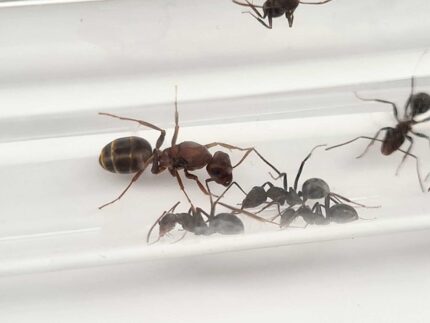
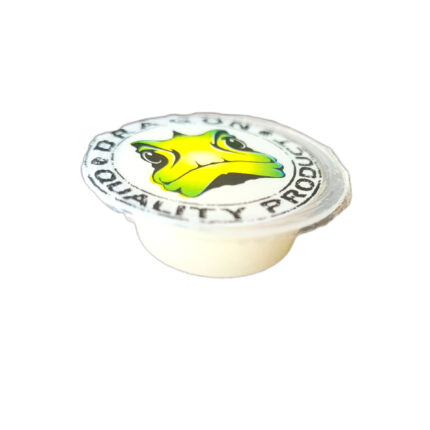
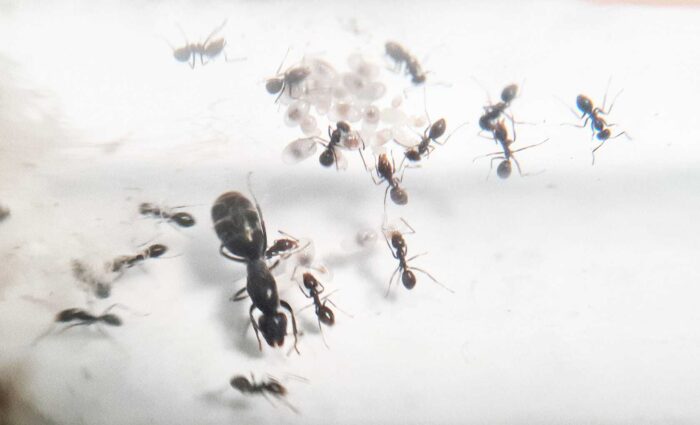
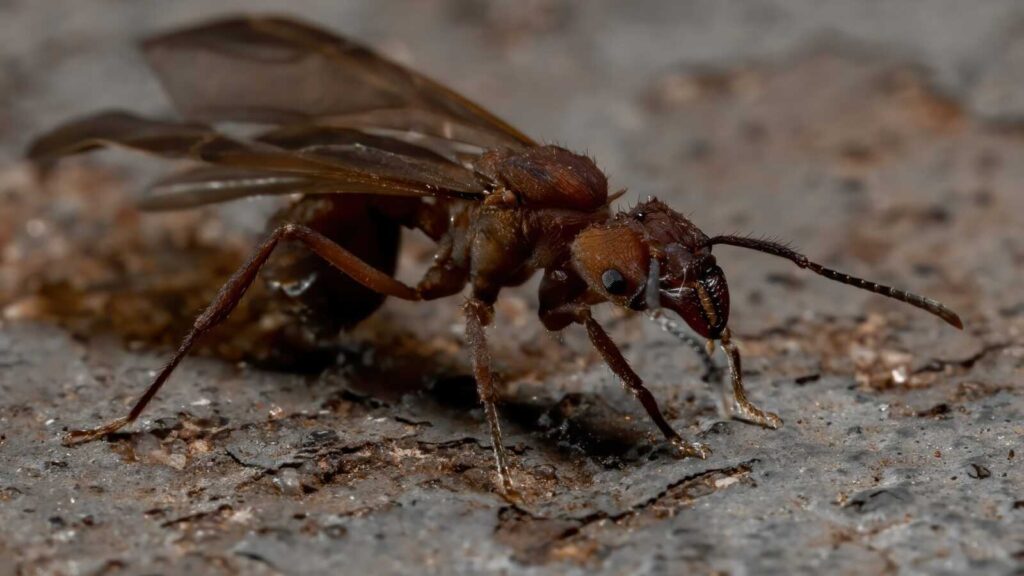
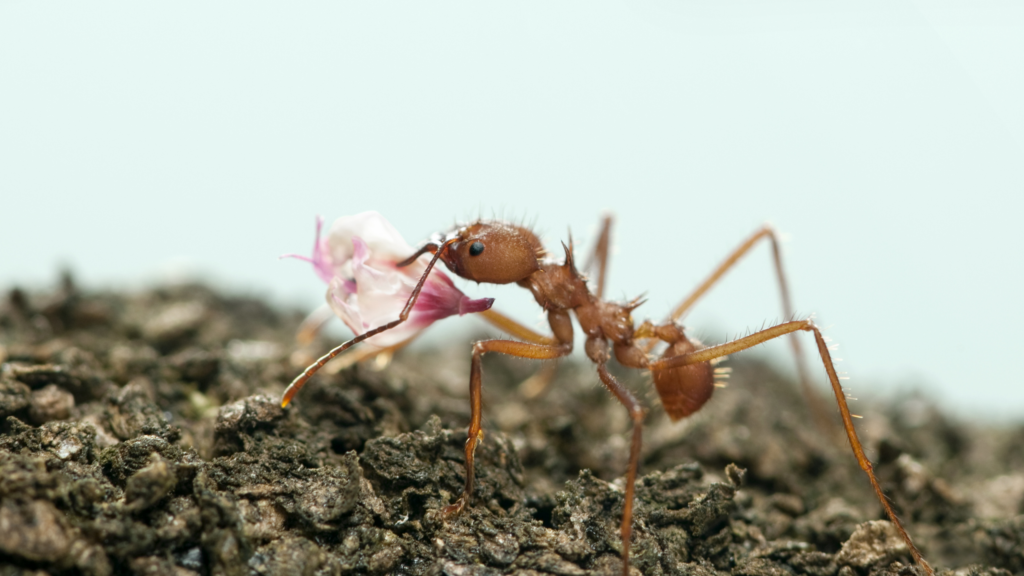
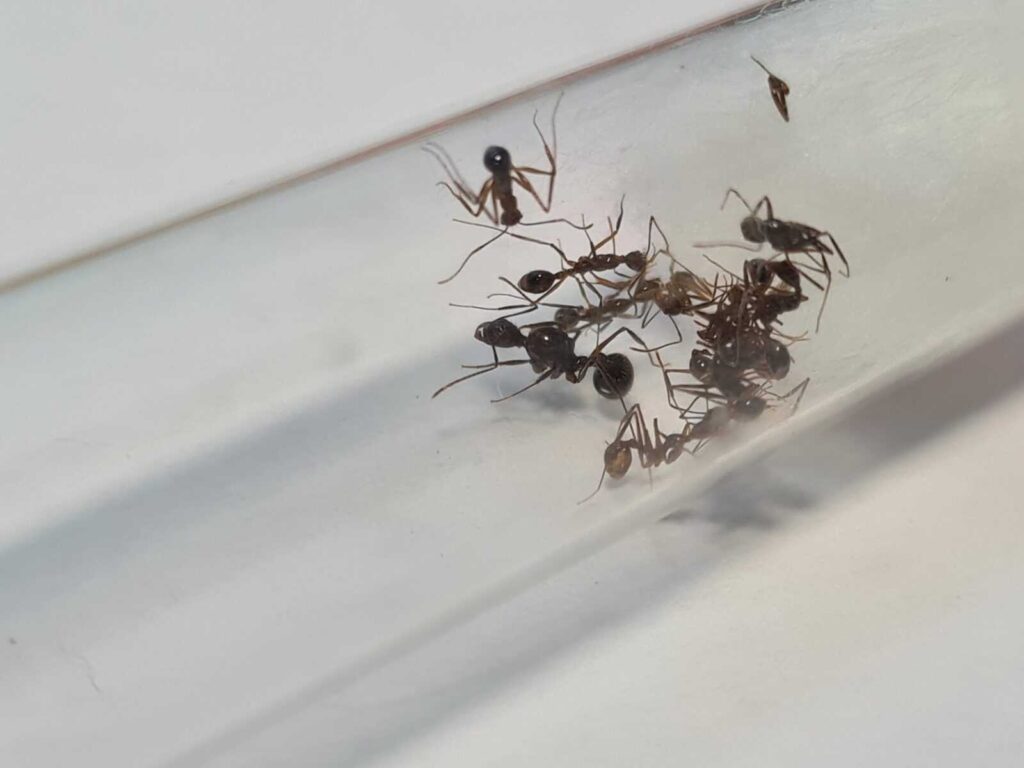
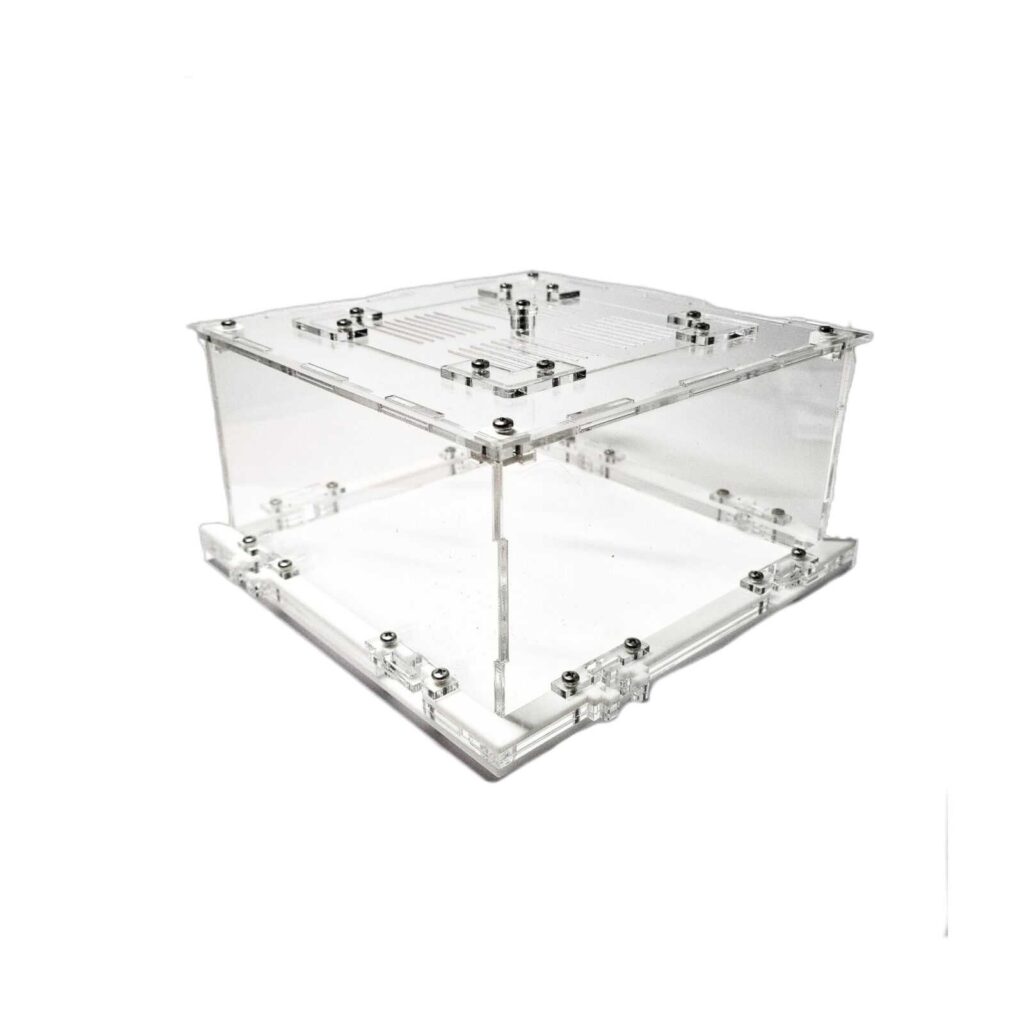
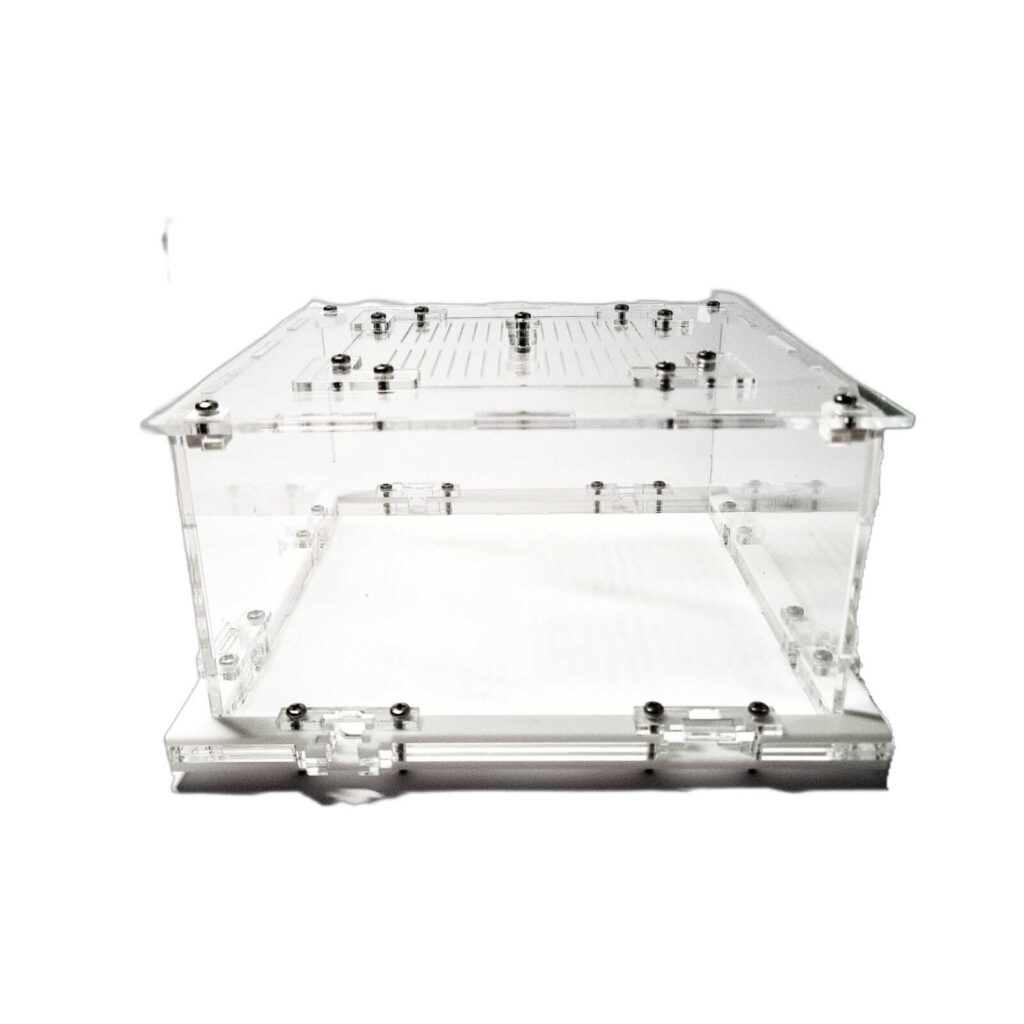
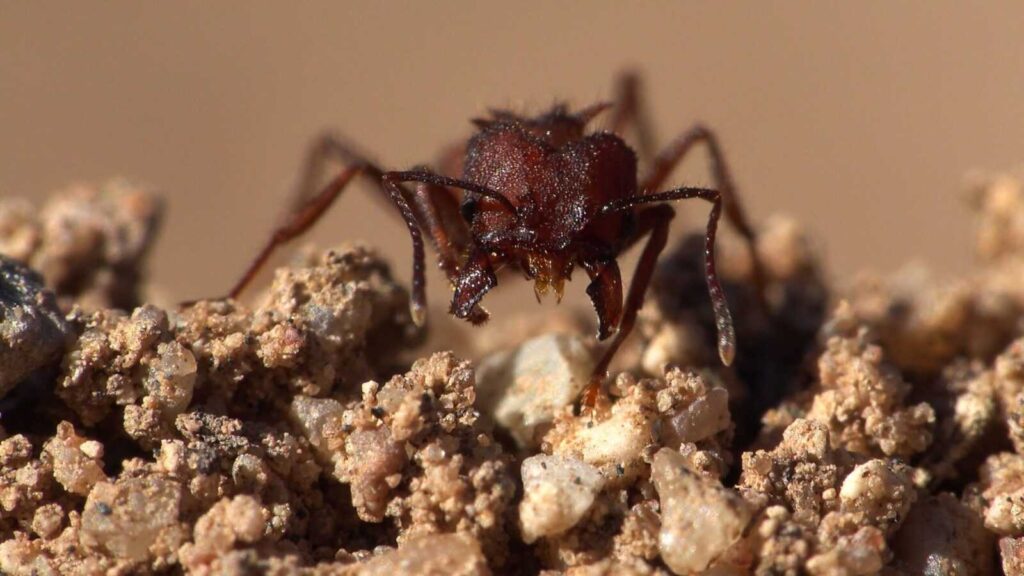
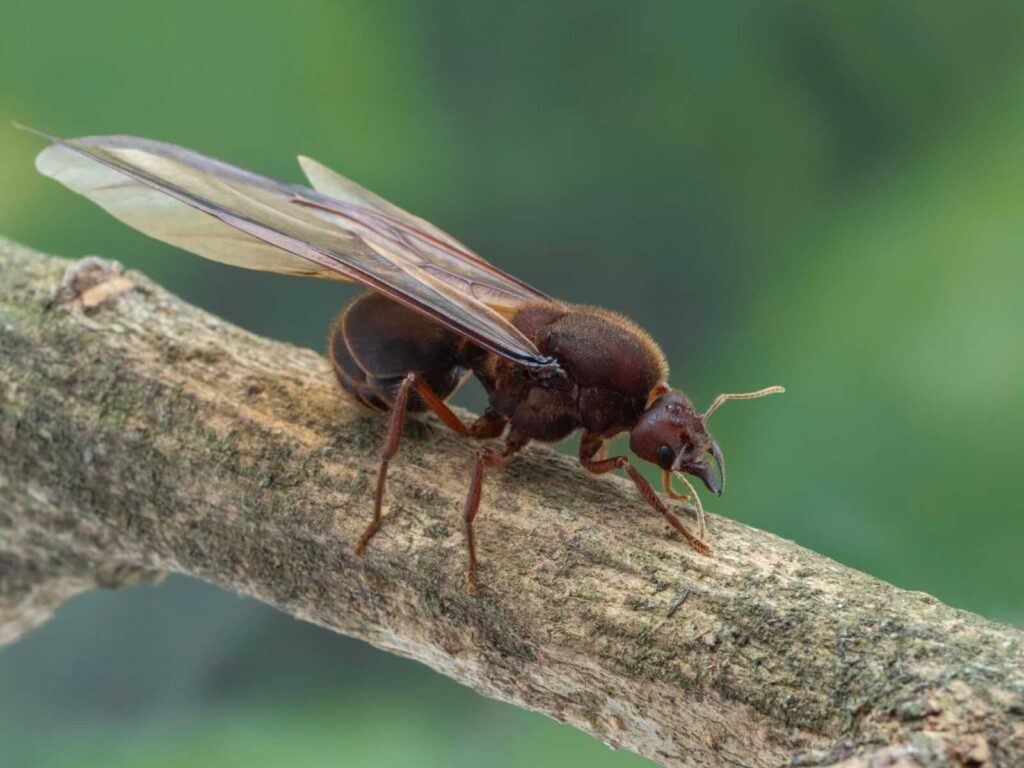
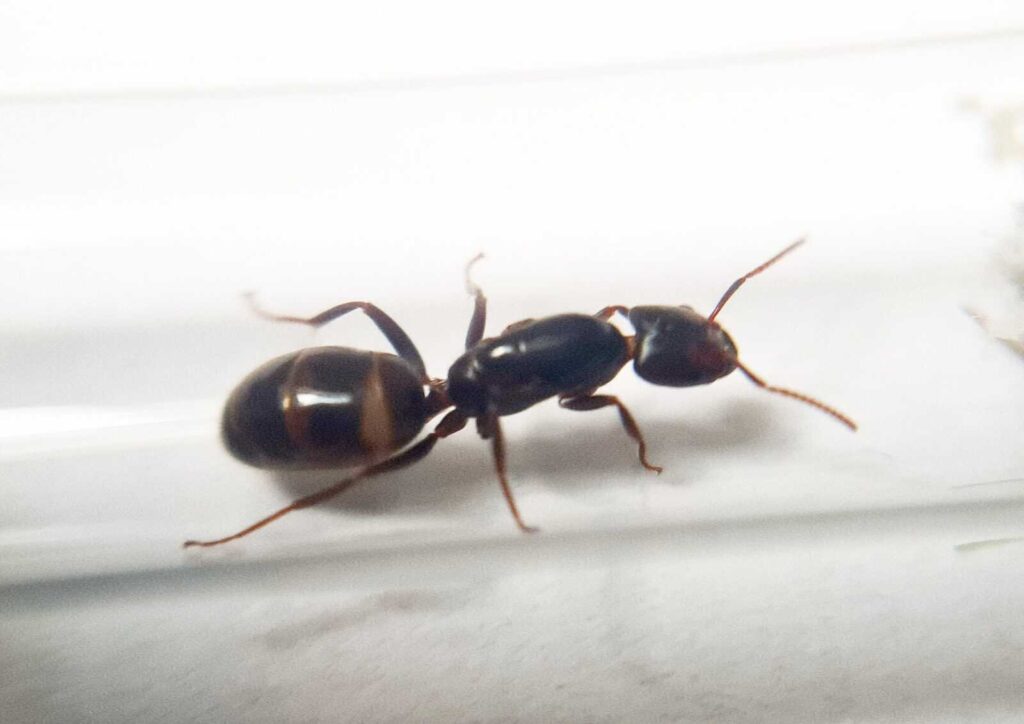
There are no reviews yet.